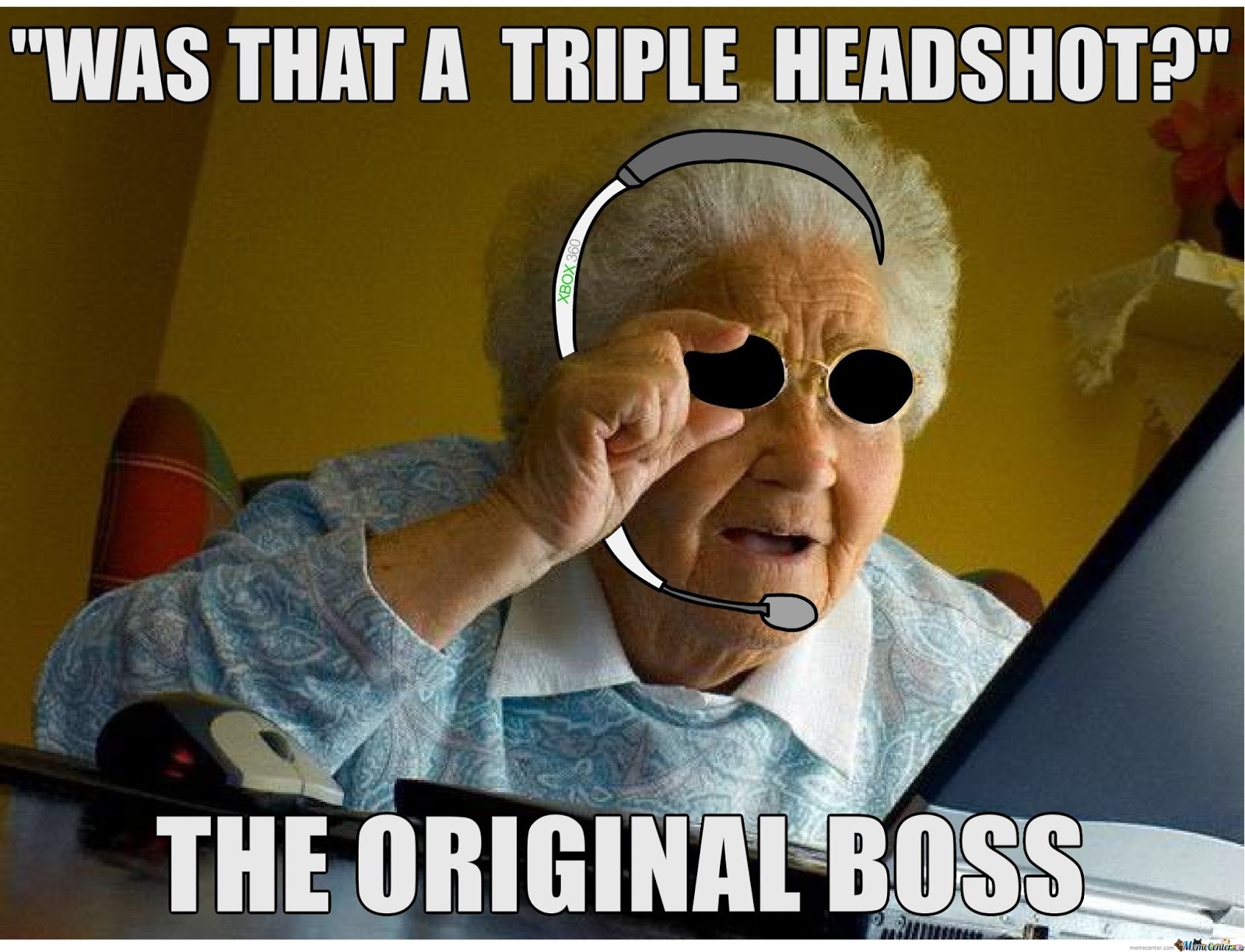In the rapidly changing landscape of the internet, memes have become a universal language that transcends borders and cultures. From the early days of image macros to the viral sensations of social media, old memes hold a nostalgic charm that connects generations. They serve as a time capsule, showcasing the humor, trends, and social commentary of their respective eras. As we delve into the realm of old memes, we uncover the stories behind their creation and the lasting impact they have left on digital culture.
Old memes, often characterized by their simple designs and relatable humor, were the building blocks of internet culture. They paved the way for more complex forms of expression that we see today. By exploring these relics of the past, we not only reminisce but also gain insights into how far we've come in our digital communication. This article will take you on a journey through the world of old memes, highlighting their significance and the reasons they continue to resonate with us.
As we navigate through this topic, we will address various questions surrounding old memes, their creators, and their evolution over time. By understanding the context in which these memes emerged, we can appreciate their role in shaping online discourse. So, let’s dive deep into the fascinating world of old memes and discover what makes them so enduringly popular.
What Are Old Memes and How Did They Emerge?
Old memes refer to the early iterations of memes that gained popularity in the digital space, primarily before the age of social media platforms like Instagram and TikTok. These memes often relied on simple images and text, such as the “Bad Luck Brian” or “Forever Alone” formats, which became iconic representations of specific feelings or situations. Understanding the origins of these memes provides valuable insights into the humor and social dynamics of their time.
How Did Old Memes Influence Modern Meme Culture?
The influence of old memes on modern meme culture is undeniable. They established a framework for humor that is still prevalent today. The simplicity and relatability of old memes have paved the way for the more elaborate and interactive memes we see across platforms today. Additionally, many modern memes often reference or pay homage to these classics, highlighting their lasting impact.
What Are Some Iconic Examples of Old Memes?
Several old memes have stood the test of time and continue to be referenced even in today’s meme culture. Here are a few iconic examples:
- Bad Luck Brian: A photo of a boy with braces and a plaid sweater, representing a series of unfortunate events.
- Forever Alone: A cartoon character that symbolizes loneliness and unrequited love.
- Grumpy Cat: A cat with a perpetually grumpy expression, representing discontent.
- Success Kid: A toddler with a clenched fist, symbolizing triumph.
Who Are the Creators Behind Old Memes?
The creators of old memes often remain anonymous, as many memes are born from collective internet culture rather than individual authorship. However, some memes do have identifiable origins. For instance, the “Bad Luck Brian” meme features a photo of Kyle Craven, who became somewhat of a celebrity due to his meme fame. Understanding the individuals behind these memes adds depth to their stories and significance.
What Makes Old Memes So Relatable?
Old memes resonate with audiences because they capture universal emotions and experiences. Their humor often stems from shared frustrations, joys, or absurdities of life. This relatability is what allows them to become viral; people see themselves in these memes, leading to widespread sharing and engagement.
Can Old Memes Be Considered Art?
While some may argue that memes are simply digital jokes, others see them as a form of modern art. The creativity involved in crafting a meme, from the selection of images to the wording of captions, showcases an artistic expression that reflects cultural commentary. Old memes, in particular, serve as a historical record of internet creativity and social commentary.
What Role Do Old Memes Play in Today's Society?
Even in an age dominated by new memes, old memes continue to play a significant role in our online interactions. They often serve as references in discussions, memes, or even advertisements. The nostalgia associated with old memes can evoke a sense of community among those who grew up with them, creating a shared experience across generations.
How Can We Preserve Old Memes for Future Generations?
Preserving old memes is crucial for understanding the evolution of digital culture. Here are a few ways we can ensure their longevity:
- Archiving Websites: Creating dedicated platforms to store and categorize old memes.
- Social Media Groups: Engaging with communities that share and discuss old memes.
- Cultural Studies: Incorporating meme studies into academic curriculums to analyze their impact.
What Is the Future of Old Memes?
The future of old memes is likely to remain vibrant as new generations discover and reinterpret them. With the cyclical nature of internet culture, we may even see a resurgence of old memes as new formats emerge. As long as there is a desire for humor and relatability, old memes will continue to find their place in the digital landscape.
Conclusion: The Enduring Legacy of Old Memes
In conclusion, old memes are more than just funny images; they are a reflection of our shared experiences and emotions. They capture the essence of a time and place in digital culture, allowing us to connect with one another through humor. As we move forward in the ever-evolving world of the internet, it is essential to appreciate the legacy of old memes and the role they play in our lives today. Whether we are sharing a laugh or reminiscing about the past, old memes will always hold a special place in the hearts of internet users everywhere.
Unlocking The World Of Crack Streams: Where To Find Your Favorite Content
Exploring The Luxurious Stallone Home: A Glimpse Into Sylvester Stallone's Abode
Discovering Ma Jacky: A Journey Through Her Life And Achievements


